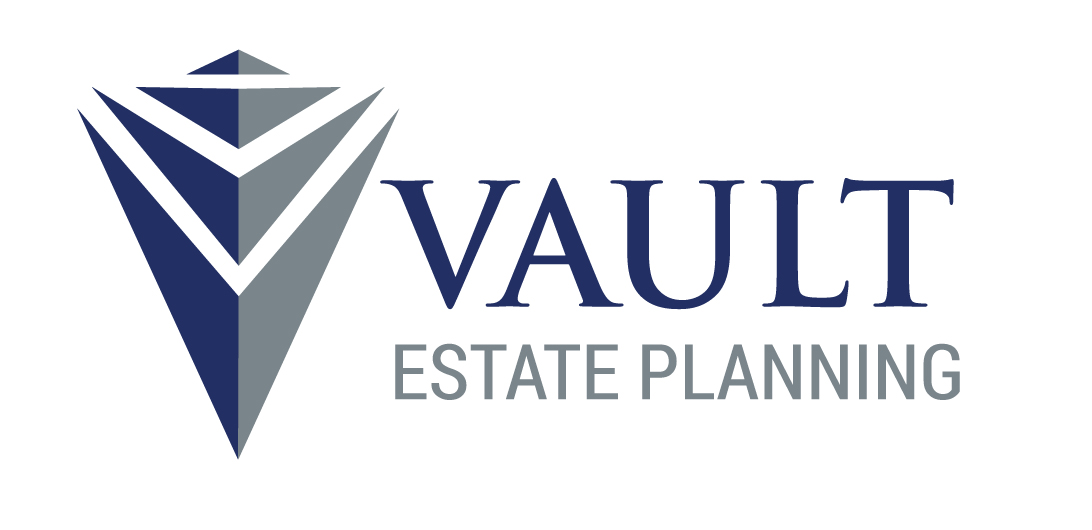Pour Over Will
Complete Your Estate Plan with a Pour Over Will
What is a Pour Over Will?
A Pour Over Will is a legal document that ensures any assets not included in your trust at the time of your death are transferred, or “poured over,” into your trust. It acts as a safety net to capture and direct any remaining assets into your trust, ensuring they are distributed according to your wishes.
Benefits of a Pour Over Will
1. Comprehensive Asset Coverage
Ensures that all your assets, even those acquired after creating your trust or inadvertently left out, are included in your estate plan.
2. Simplified Estate Management
Consolidates your assets under a single trust, making it easier for your trustee to manage and distribute your estate.
3. Privacy Protection
Assets poured over into a trust are managed privately, unlike assets distributed through a standard will, which are subject to public probate proceedings.
4. Reduced Probate Hassles
Although a Pour Over Will must go through probate, it simplifies the process by directing all assets to your trust, potentially reducing administrative burdens.
How Does a Pour Over Will Work?
- Creation: You create a Pour Over Will as part of your estate plan, specifying that any remaining assets at the time of your death should be transferred to your trust.
- Trust Coordination: The will works in conjunction with your trust, ensuring seamless transfer and management of assets.
- Probate Process: Upon your death, the Pour Over Will goes through probate to validate its legality and oversee the transfer of assets to the trust.
- Asset Transfer: Once probate is complete, the remaining assets are transferred to the trust and managed according to its terms.
Setting Up a Pour Over Will
- Establish a Trust: Set up a living trust to serve as the recipient of assets from the Pour Over Will.
- Draft the Will: Work with an estate planning attorney to draft the Pour Over Will, ensuring it complements your trust.
- Include Specific Instructions: Clearly state in the will that any assets not already in the trust should be transferred to it upon your death.
- Legal Formalities: Sign the will in the presence of witnesses and, if required, have it notarized to ensure its legality.
- Review and Update: Regularly review and update your will and trust to reflect changes in your assets or wishes.
Why Set Up a Pour Over Will?
- Comprehensive Estate Plan: A Pour Over Will ensures that no assets are left out of your estate plan, providing complete coverage.
- Simplifies Administration: By consolidating assets under a single trust, it simplifies the management and distribution process for your trustee.
- Flexibility and Control: It allows for flexibility in managing assets acquired after the creation of your trust, ensuring they are distributed according to your wishes.
- Legal Safeguard: Acts as a safeguard to capture any overlooked assets, ensuring they are handled as intended.
Common Mistakes When Setting Up a Pour Over Will
- Not Establishing a Trust First: A Pour Over Will is ineffective without an established trust to pour assets into.
- Failing to Update the Trust: Regularly update your trust to include new assets, reducing reliance on the Pour Over Will.
- Lack of Clarity: Ensure the language in the will clearly directs assets to the trust to avoid legal complications.
- Ignoring Probate Requirements: Remember that a Pour Over Will still requires probate, so plan accordingly to manage associated costs and time.
Why Choose Vault Estate Planning?
At Vault Estate Planning, we understand the importance of a comprehensive and coordinated estate plan. Our experienced attorneys will guide you through the process of setting up a Pour Over Will, ensuring it works seamlessly with your trust. We provide personalized advice to secure your assets and ensure your wishes are honored.
Get Started Today!
Ensure all your assets are covered and your estate plan is complete with a Pour Over Will. Get Started with Vault Estate Planning today and secure your legacy.

